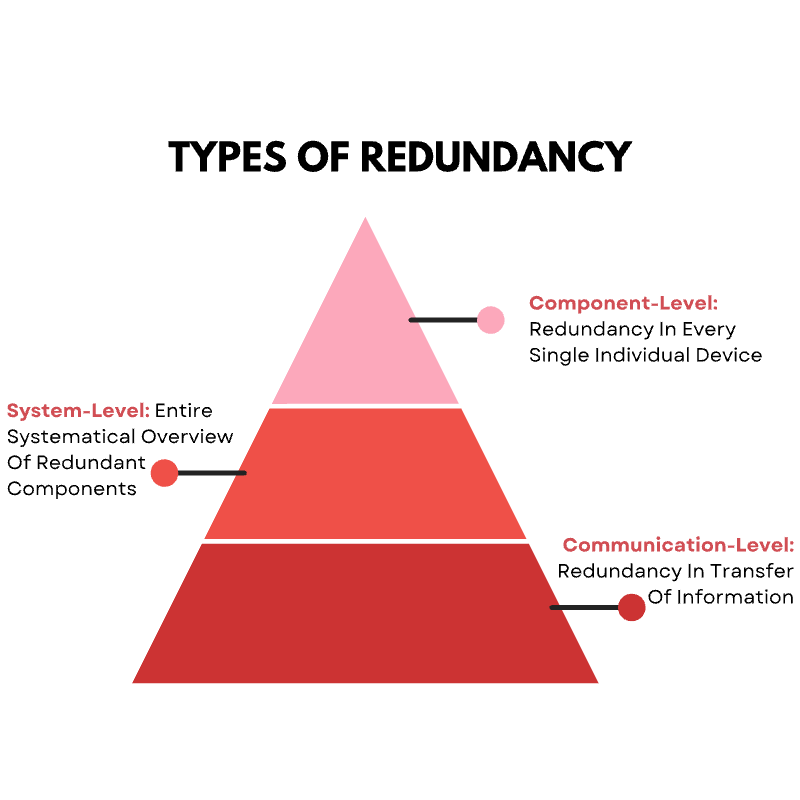Accuracy and Compliance: Maintaining Fire Alarm System Component Standards
Fire alarm systems are most effective when they are as accurate as possible in the event of a fire accident. The accuracy of the location of the fire hazard along with accurate intimation of the emergency are both extremely essential to preventing any permanent property damage and even the lives of people who depend on the system.
Importance of Accurate Inventory and Compliance
Organizations like the NFPA (National Fire Protection Association) and OSHA (Occupational Safety and Health Administration) mandate that fire alarm systems have continuous inventory checks and tracking to measure the system’s adequate inventory at one time. Not only inventory but the general management of the system, maintenance of the protection system, regular inspections, testing, and revamping the system are all compliance requirements that must be fulfilled according to the law.
Compliance is not a mere requirement; it’s an indispensable aspect of maintaining fire alarm systems. It guarantees that the systems operate as intended, offering individuals the utmost safety and security. It serves as a shield, protecting human life and property from the perils of fires and the potential harm they can inflict.
Inventory of a fire alarm system is as essential as the system’s functioning. Only proper tracking of all system components can ensure the whole architecture is ready for any fire incident. Without continuous monitoring, tracking what you might need, what needs to be replaced, or which components need backup provisions can become challenging.

Inventory Of A Fire Alarm System
Inventory in a fire alarm system is more than just a tally of equipment and resources. It’s a comprehensive record of all the components involved in the entire process of the fire protection system, providing a complete picture of the system’s functionality.
A misconception that inventory is only about the quantity of equipment in the system is standard. It is more a documentation of all these equipment’s status, condition, quantity, standard requirements, and current location.
Here are the details that an out-of-service alarm system inventory report would need to include, which would have to be verified and approved by the AHJ (Authority Having Jurisdiction) of that region,
- Type of Building
- Building Owner Information
- Testing Contractor Information
- Type of Servicing
- Main Primary Power Source
- Type of Alarm System
- Actions Before Testing
- Verification of Testing
- Final Conclusion of Testing
- Time and Date of Official Testing
- Official Verified Signatures For Certification
As stated by the NFPA 72 standard, this documentation and all the frequent monthly inventory reports must be provided at the next inspection of your inventory and system.
Compliance for Fire Protection Systems
As mentioned above, compliance is more than just a government requirement. After considering hundreds of scenarios that could prove dangerous for individuals in a fire accident, it’s a well-planned and thought-out procedure laid down by official organizations like the NFPA.
Here are the various regulations and codes that are associated with the inspection, testing, and maintenance of fire alarm systems,
- The International Fire Code states, “The maintenance and testing schedules and procedures for fire alarm and fire detection systems shall be in accordance with NFPA 72.”
- NFPA 72 is the standard that officially covers the maintenance, installation, inspection, testing, and application of fire alarm protection systems.
- NFPA 72 provides the guidelines for the minimum requirements for the level of performance of a fire alarm system.
- Every fire alarm system does not exist in the same conditions and environments. This means that not every system can abide by the standard codes laid down for their placement by the NFPA 72 standard. Hence, for every fire alarm system, the best source for verification of that standard is either the insurance company insuring the system or the Authority Having Jurisdiction (AHJ) for that region.
- Fire technicians conduct visual fire alarm inspections monthly, semi-annually, and annually.
- Specific components of the fire alarm system, such as main power supplies, fuses, LEDs, lamps, interfaced equipment, and any primary signals generated by the alarm system, require weekly visual inspections.
- Fire alarm devices involved in the audible and visual alerting architecture require semi-annual inspections to ensure good conditions and locations, with no obstructions or barriers to them.
- System batteries, fire alarm control interfaces, suppressors, and annunciators are also subject to semi-annual inspections.
- Every single part of the system is subject to an annual inspection.
Redundancy In A Fire Alarm System
Redundancy is an effective method of ensuring that a fire alarm system can handle itself in an emergency and that no manual interaction is required to jump to the backup system and ensure it works properly. Every level of your system must be redundant to ensure that there is a second option for everything to work.
Different types of redundancy can be followed based on the requirements and needs of that particular system, which is usually laid down by your region’s AHJ or the fire alarm insurance company. Here are the multiple ways that you can implement safe redundancy for different sections of your protection system,
System Level Redundancy
This type of redundancy involves adding two of the same components to a system and using one as the fallback if the primary does not work. There are different ways redundancy can be implemented for the safety of a system,
- Different Communication Methods: Ensure that if one communication route, like your internet-connected calling and messaging, is faulty, a backup communication system, like radio signals, can be used instantly.
- Your Backup Power Source: Every Part of your system needs to have a backup power source that is not connected to your central system so that the system can work for a good period before the primary source can be replenished.
- Having Two Fire Alarm Control Panels: Two main circuit controls for your entire alarm system can prove helpful for controlling it if the electric connections malfunction.
- Monitoring Station: Your primary source of knowing whether an emergency is happening is based on your monitoring station’s response time and accuracy. Ensure a backup source can keep the station running in case of a system failure.
Component Level Redundancy
This level of redundancy is similar to system-level methodologies because it also focuses on redundancy for system components. They differ mainly because while system-level redundancies concentrate on ensuring the whole system operates at its total capacity, the component level focuses on every element in its system.
The component level examines the operations of every operating device within the system. It’s essential to ensure that every component has its backup redundancy and that everything can work in an emergency because a total system can only work if every element functions appropriately.
Communication Level Redundancy
There are a few communication redundancies that you can keep on track and make sure to operate for minimal communication and coordination in the event it is needed,
- Voice Over Internet Protocol
- Traditional Phone Lines
- Ethernet Cables
- Cellular Connections
- Mesh Radio Systems
- Digital Instant Messaging Systems
Extra Fire Alarm Redundancies
These are some extra redundancies that can come in handy and help your system be more prepared for future component problems,
- Redundant Electric Internal Connections
- Redundant Audio and Visual Sensors
- Redundant Batteries
- Redundant Backup Power Supplies
- Redundant Main Power Generator
- Redundant Colour and Signal Displays

Interoperability Check for A Fire Alarm System
Maintaining interoperability of a fire alarm system means considering all of its components, such as the age of the system, manufacturing company, and type of fire alarm system, and ensuring that these systems are compatible and integrable into fire building systems and even other systems that are governed by the same codes and regulations.
- Identify the type of system you have within your building. Conventional fire alarm systems indicate the particular zone where the fire happens, but a more advanced addressable system considers more details about the emergency.
- Standard systems have separate communication modules, but a networked system connects multiple addressable systems into one common communication workflow, making it easier to check on your system from one place and at one time.
- Assess your system’s age to determine what may not work and make the necessary replacements and repairs.
- Gathering information and assessing your system’s manufacturing data can help you understand its interoperability with other fire protection systems. More on the side of compatibility with different structures and devices.
- Check the integration ability of different plumbing, electricity, HVAC, emergency communications, and security systems.
- Review your standards and codes for operating the fire alarm system and gain the proper certification you need from authoritative figures in the fire industry.
For a more complete look at the life cycle of a fire alarm system and the importance of maintaining it, take a look at another blog we’ve written.. And if you need help with your inspections, we have a 500+ library of instantly downloadable and usable checklists. Visit our main page to learn more about how we help with the accuracy and compliance of fire alarms.
Explore more templates
Ensure the accuracy of your fire alarm system component and device inventory with our checklist.
Test the interoperability of components in your fire alarm system with our checklist.
Ensure compliance with installation standards for fire alarm system components with our checklist.
Ensure the redundancy of components in your fire alarm system with our checklist.
Tailored to meet your specific requirements, enabling you to manage
inspections and reports with greater detail and efficiency
ZenFire is a lot more customized to my business. Before I was using a generic app, I could not customize, like I do now."
